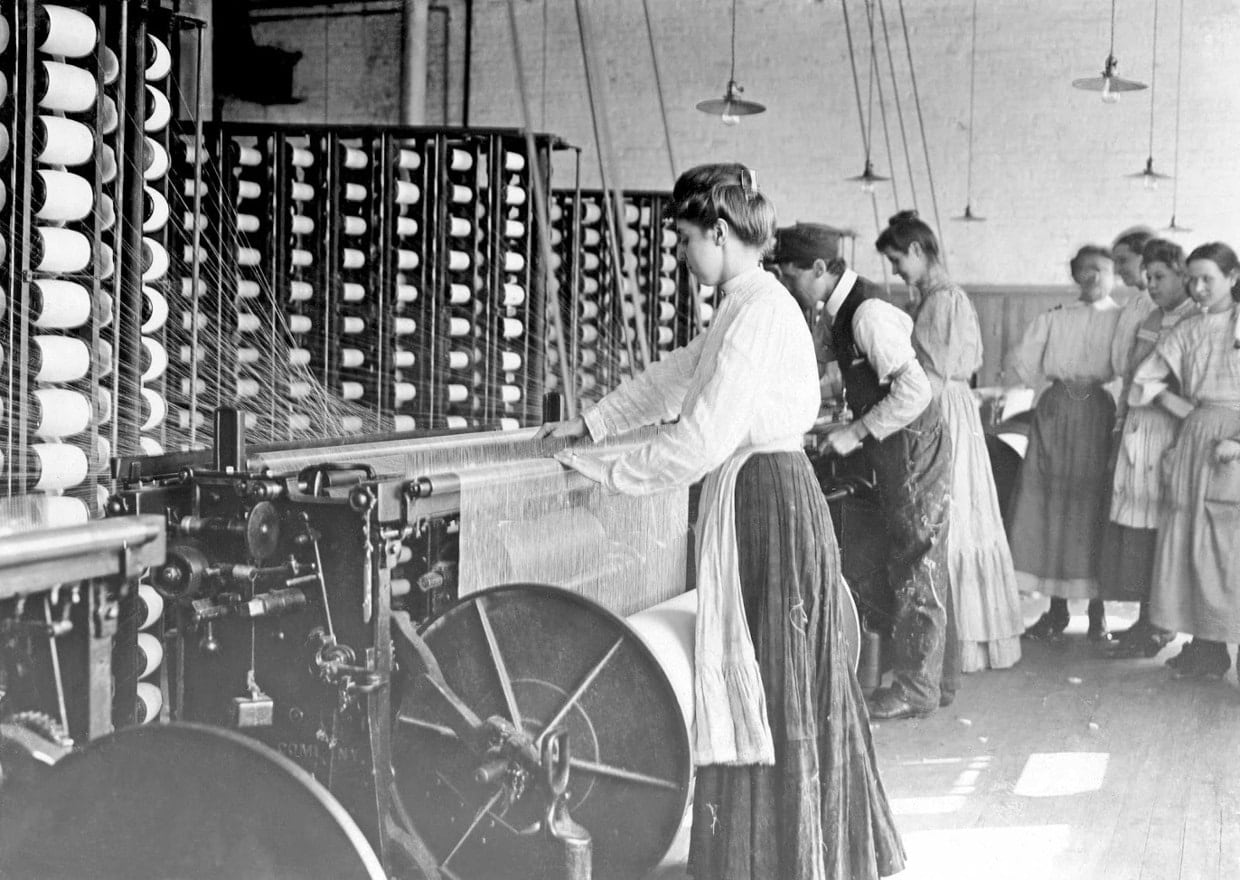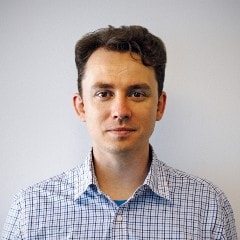There’s a revolution happening in workplaces across the globe. But how did we get here? In this article, we are going to explore the history of the remote working revolution.
The remote working revolution is the idea that both talent and work are borderless. Most work in the service sector economy can be completed from anywhere if the individuals possess the right skill sets.

Millennials want to have the freedom to be able to travel and work. Remote working is a viable solution to do both at the same time whilst earning a solid income. Research has found that millennials are making travel more of a priority than previous generations.
In 2019, the average millennial planned to take roughly five trips throughout the year, three of which were expected to be international. Gen X was planning significantly fewer trips, presenting a potential shift in how generations view work-life balance.
It isn’t just millennials who are interested in the world of remote work. For older generations, who are more likely to have children and be in long-term relationships, the prospect of remote working can appeal in different ways.
But how did we get here? The concept of working remotely started long before the internet. Let’s explore the history of remote working, from the medieval times onwards.
Remote Workers in the Medieval Times

During medieval times, those in the working classes of society would setup service and trade-based shops in their own homes. These people would be seamstresses, potters, bakers and even ale brewers. From their homes, they would provide these services to support their families. At the time, the architecture of the living spaces was specifically designed to accommodate working from home.
Until the industrial revolution, remote working was fairly commonplace. The vast majority of shoemakers, potters, blacksmiths and other service-based businesses were very comfortable with setting up street-facing shops that had private areas set aside for their families.
Remote Work in The Industrial Revolution

The industrial revolution resulted in many ‘workhomes’ disappearing, being replaced with factories for the large-scale production of goods. This began to change the dynamics of where and how people worked. With employers providing tools and equipment at their factories, workers became more restricted in terms of where they could work.
Many family-run businesses were left unable to compete with these large factory operations that could produce goods at incredible speed and scale. There was simply no way in which they could compete, without having specialist, industry-shaking skills.
Remote Working in the 20th Century

In the 20th century, the emergence of inventions such as the telephone, the typewriter and the telegraph led to the birth of the modern office space. It was now even easier to commute to and from work, with the improvement of public transport.
During the Second World War, there was a need for women to replace men in factories, as the men headed to war. The number of women entering the workplace soared at this time. However, when the war was over, men started to reenter the workplace and women went back to more ‘traditional roles’ at the time.
Determination to win the war resulted in rapid technological innovation. In 1942, the world’s first electronic digital computer was built at Iowa State University. Whilst this was designed to help crack the codes of enemies during the war, it would also pave the way for a future of remote working that was still several decades away.
To be continued…
A Modern Tool for Remote Work
Fast-forward nearly 80 years and cloud-based applications like Karma have enabled remote working teams to collaborate seamlessly on daily tasks, whilst being based across all corners of the world. This is the kind of technological progress that has prevented employees from being limited to a physical location.
Maintaining a strong level of communication across your workforce is key to productivity. Like an orchestra, you need everyone to be performing in harmony to get great results. Karma can help your workplace to achieve this, promoting a high-performance team culture.
Karma, our intuitive workplace tool, that sits inside Slack, is designed to foster a high-performance team culture, bringing your team closer together. We believe in the power of positive communication as an effective way of building stronger and happier teams.


 Workplace Bonding in a Digital Era
Workplace Bonding in a Digital Era